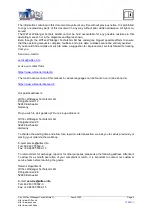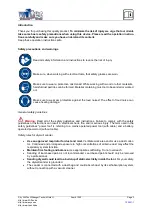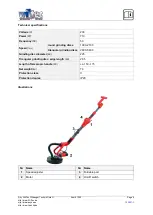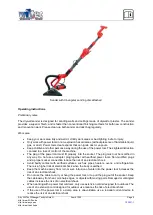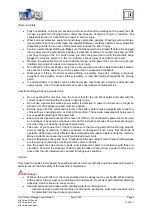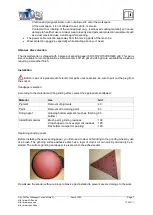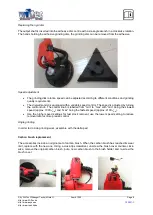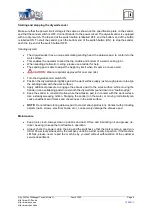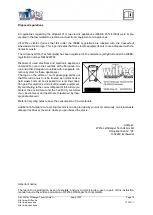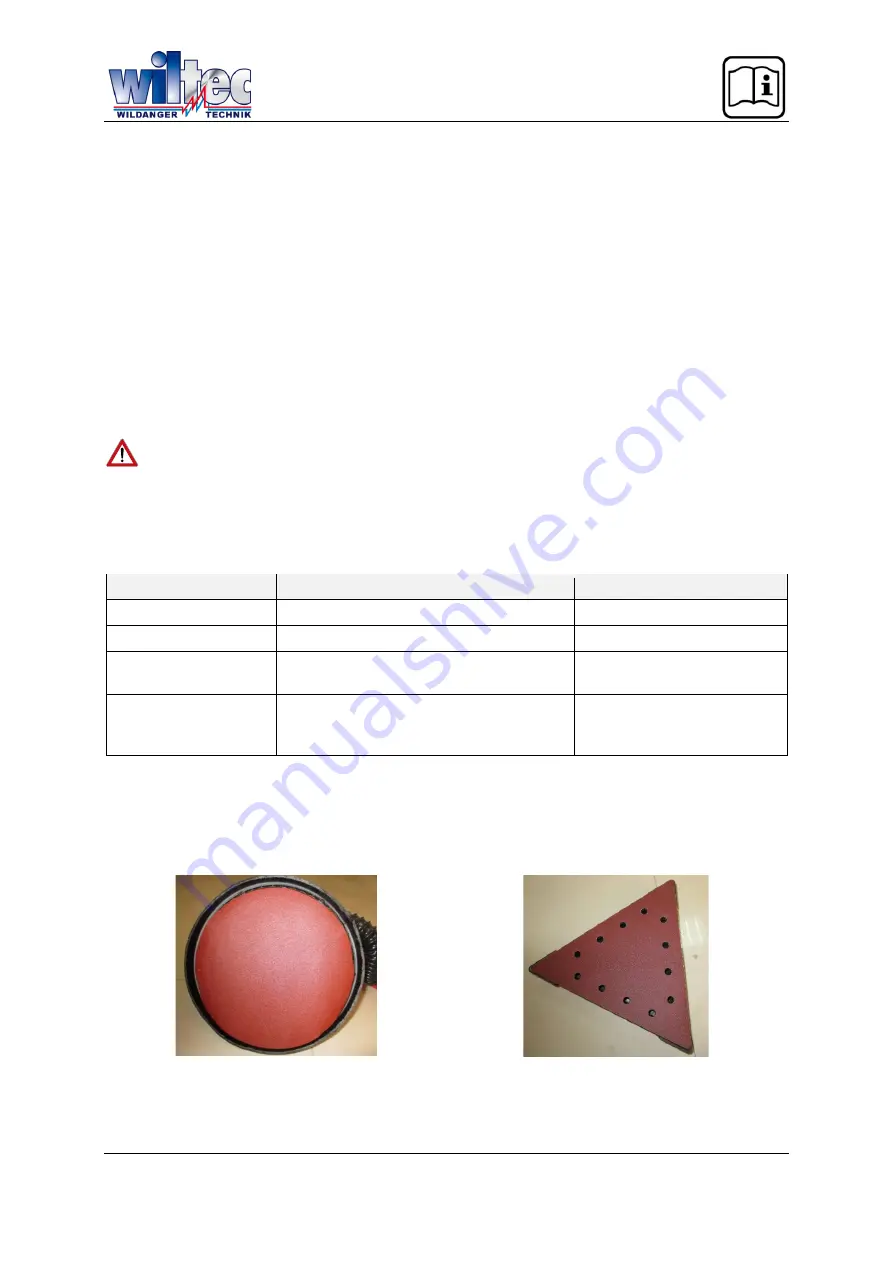
© by WilTec Wildanger Technik GmbH
Item 61055
Page 7
10 2021
-1
◦
Children and pregnant women are not allowed to enter the workspace.
◦
At the workspace, it is not allowed to eat, drink, or smoke.
◦
Contact with or inhaling of the sanded dust (e.g., lead-based coating material) can cause
damage to health of users. Always wear properly sized personal protection equipment such
as a dust mask and use a dust bag while sanding.
•
The power cable must be kept away from the moving parts of the machine.
•
Wear protection goggles, especially while sanding above your head.
Abrasive disc selection
The drywall sander is shipped with 6 pieces of sanding paper (80/100/120/150/180/240 grit). This abra-
sive is suitable for most applications. Abrasive discs of 120 grit and 240 grit are available for situations
requiring a smoother finish.
Installation
Before repair or replacement of electric tool parts or accessories, be sure to pull out the plug from
the socket.
Sandpaper selection
According to the material and the grinding effect, select the appropriate sandpaper:
Material
Use
Grit
Pigment
Removal of pigments
40
Paint
Removal of remaining paint
60
Filling agent
Grinding bottom pigment (such as finishing
bottom)
80
Interstitial material
Brush paint, grinding residues
Drop-shaped or convex pigment residues
Flat bottom material for painting
100
120
180
Replacing sanding paper
Before installing the new sanding paper, you first need to clear dirt sticking to the grinding wheel by use
of a brush. The grinding surface adhesive disc has a layer of cloth so it can quickly and easily be in-
stalled. The surface grinding sandpaper is pressed into the adhesive disc.
Do
not
use the sander without a proper abrasive pad installed to prevent severe damage to the work.


